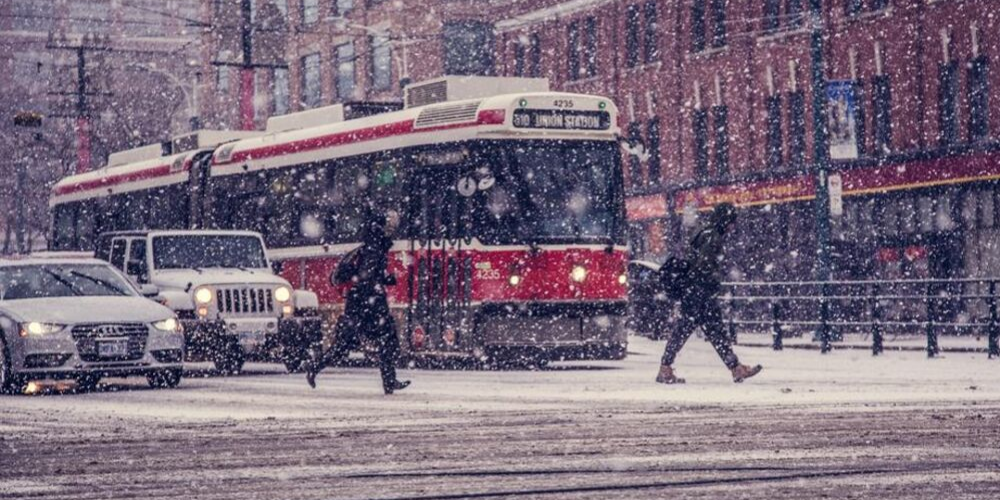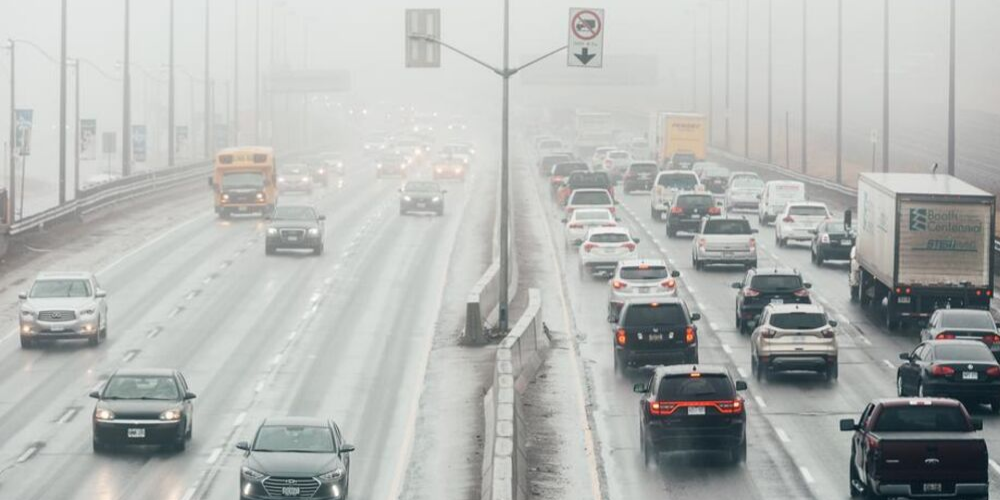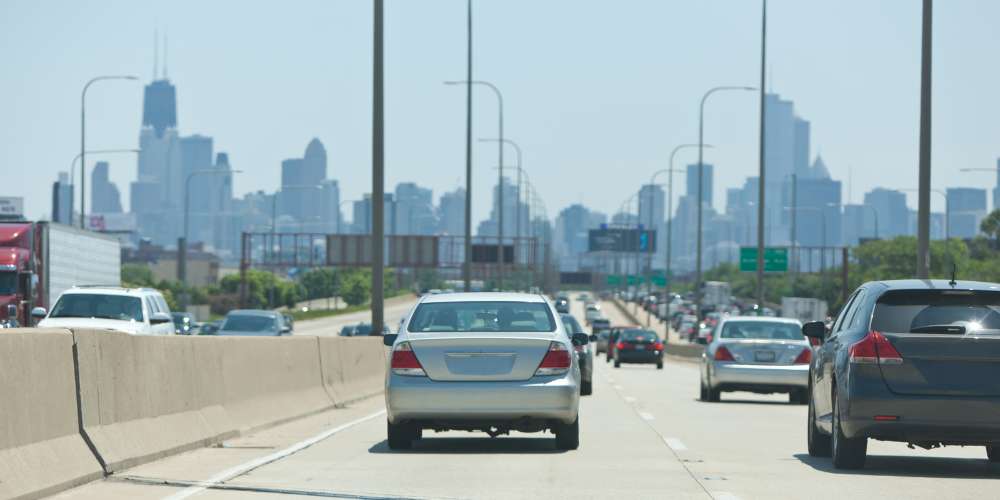While we recommend seeing a chiropractor after a car accident, the most important way to…

What to Know About Driving in Different Weather Conditions
Driving to explore new locations can be a fun activity with family or friends. You can drive through the midwest, whisking through cornfields, or you can cruise along the coastline, overlooking the ocean. As quickly as the environment around you changes while you drive, the conditions on the road change. One moment you can have the sunroof open and the AC blasting, the next moment it can be raining and you can have the windshield wipers going. Knowing how to react in different situations can help you be a safe driver on the road.
As summer weather turns to fall, and soon into winter, it’s key to know what to do behind the wheel for every condition in each season. Often, car accidents happen because of changing conditions. It’s essential to know how to adapt, adjust, and be safe on the road regardless of the environment, and know what to do in case of an accident.
Driving in the rain

A rainstorm can come when you’re least expecting it. If you’re behind the wheel when it starts getting stormy, slow down your speed immediately. The road can become slick quickly as rain mixes with oil and dust that hasn’t washed away. Turn on your low-beam headlights for maximum visibility. If the rain picks up and reduces visibility, then you should pull over and wait for better visibility.
One of the most common causes of accidents is vehicles that hydroplane. This occurs when a layer of water builds up between the wheels of a car and the road, leading to a loss of the wheels’ traction. If your vehicle hydroplanes, don’t panic and don’t hit the breaks of the gas suddenly. Look for open space and then travel in that direction until the road traction improves.
Driving in snow and ice

In some parts of the country, fall means winter weather is on its way. As with rain, if conditions get too bad, pull over and stay off the road until it’s clear. Nothing is worth risking your safety. However, it’s okay to drive in the snow if you know these best practices.
First, before driving, make sure your windows are completely clear. Scrape any ice or snow off your windshield for maximum visibility. Keep your headlights on low-beam mode. Drive slowly and give yourself plenty of room between the vehicles ahead of you. In icy conditions, you should be using extreme caution when you accelerate. Make sure that you slow down to nearly a stop as you approach turns and intersections. Depending on the conditions, shifting to a lower gear may maximize your control. Similar to hydroplaning, if you begin to skid, ease up on the accelerator and turn the wheels in the direction of the skid.
Driving in dark or foggy conditions

Despite far less traffic at night, an estimated 40 percent of accidents take place during dark hours. Reduced visibility is the leading factor, but there are also other contributors outside of your control, such as an increase in drivers driving under the influence at night. It’s important that you try to control what’s within your powers to influence while you are driving a car in the dark.
The safest way to avoid an accident when it’s dark is to not drive. If it’s not urgent, or you can put it off until daylight, don’t drive at night. When you have to drive late at night, take steps to ensure safety.
Let other drivers know you’re on the road. As soon as the sun begins to set, turn your headlights on and keep them on until it’s light again. Be overly cautious, especially in pedestrian areas. Someone crossing the street or trash in the middle of the road may not be visible from afar when it’s dark. Give yourself plenty of time to react. Finally, make sure you’re well rested so that you won’t accidentally fall asleep while driving.
Fog is another factor that can limit your visibility. Like you would in the rain, use your wipers and defrosters so that you can see better. Use low-beam headlights and make sure not to use high-beams—in fog they can decrease your line of vision by reflecting the light back towards you. When approaching a driver going the opposite direction, dim your lights so you don’t blind them. Fog can make it difficult to know what speed you’re going and how far you are from other cars. Check your speedometer often and make sure there’s plenty of room between your vehicle and the one ahead of you. If you encounter a particularly heavy bank of fog, pull over until conditions improve.
If you’re in an accident

Even taking all the precautions can’t guarantee complete safety on the road—especially if you’re driving in adverse conditions. If you are involved in an accident, seek medical attention immediately. Injuries from car crashes can range from minor scratches and bruises to life-changing physical damage. There are many common injuries after a car accident. Passengers often experience back and neck pain in the aftermath of a crash. If you’re involved in a crash it’s important to know what to expect. Many victims seek out chiropractic care after an accident because of the types of injuries that usually occur from car crashes. A trained chiropractor focuses on pain relief and physical recovery. Finding the right chiropractor is an important process and can help you get back to full health faster.
If you have to drive in poor conditions, or if the weather takes a turn for the worse, prioritize your safety and that of other passengers. If you are involved in an accident, focus on getting better as fast as possible and seek treatment including chiropractic care to provide relief.
For more information, please contact us.



